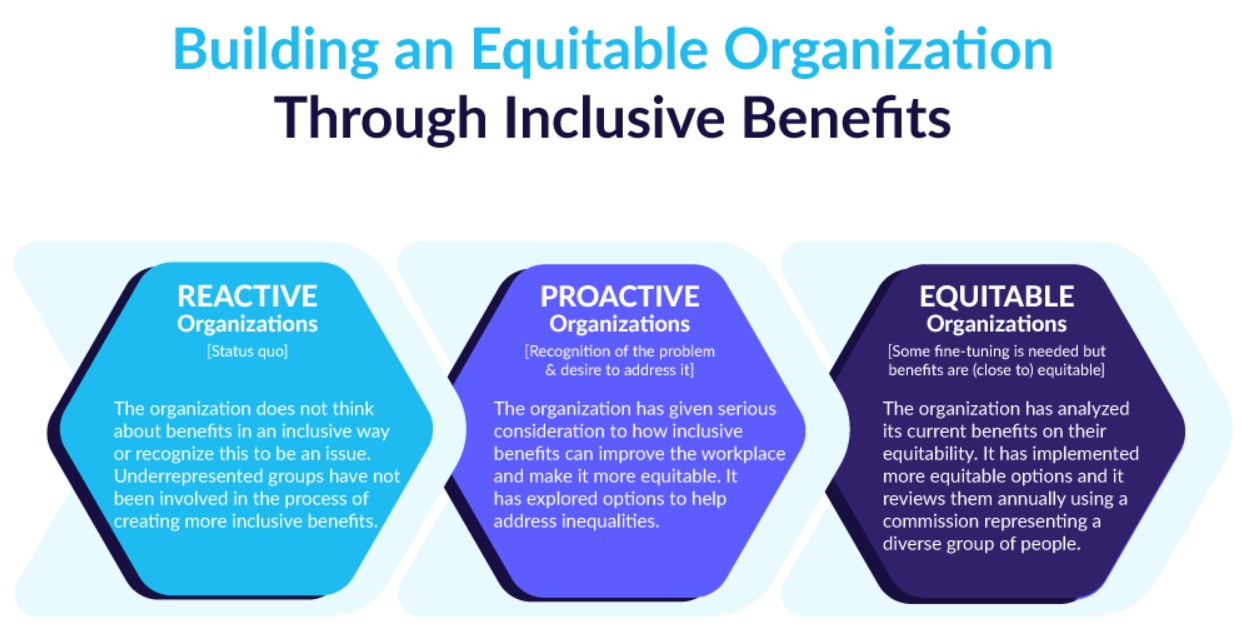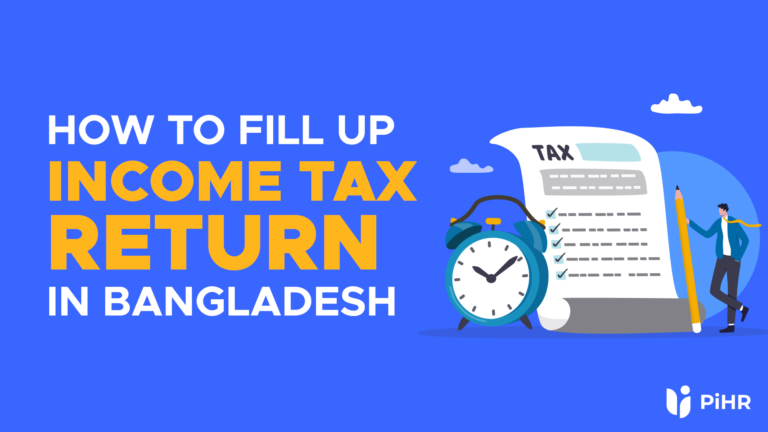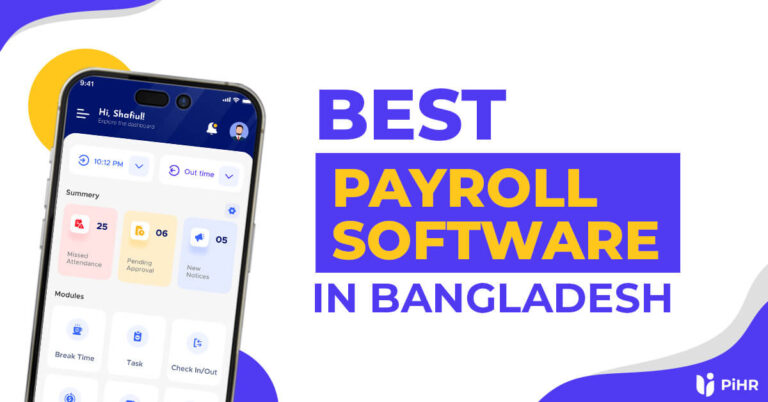While 2021 redefined the role of HR on many fronts, 2022 is going to be how the employees can add more value to the organizational goals.
According to a study by Gallup, about 87% of employees are not very participative across the globe. Furthermore, organizations with highly competitive and participative human resources tend to outperform the competitors by 147%, as per the same study.
Hence, organizations need to invest in programs that might lead to a higher participation rate from the employees’ end.
Therefore, in this article, we will learn about 10 strategic HR metrics that need to be tracked in 2022 to boost employee engagement in an organization.
01. Employee Net Promoter Score
An Employee Net Promoter Score gives you an insight into the satisfaction of the employee experience with the organization so far.
An NPS measures how likely will an employee recommend the company as a good workspace to their friends and family.

Given, 1 in 3 employees quit every year on account of feeling undervalued by the organization. At the same time, 45% of employees quit every year for various reasons. Having a low eNPS is a serious matter and demands immediate attention.
02. Onboarding Procedure
Having a comprehensive onboarding procedure helps track the credibility of your employees’ accountability and degree of responsibility. Furthermore, it also helps to attract and hire a robust talent pool.
According to research, the retention rate of organizations with a robust pool of talents is roughly higher by 82%.
After all, employees hired via comprehensive onboarding programs are 34x more efficient than their peers, who weren’t. However, having a low rate of new hires can indicate an over-ambitious expectation bar for the employees.
Such expectations often lead to employees feeling overworked or undervalued if not met. Hence, the onboarding procedure of any organization is a crucial metric to track for recruitment of the right personnel at the right time.
03. Retention Rate
Did you know that more than 50% of Millenials and Gen Z quit or change their job every year in case of burnout? Furthermore, replacing an employee demands 33% of that personnel’s annual salary.
In such a case, it’s essential to increase the employee retention rate as much as possible. Resources and efforts must be invested to keep employees happy to prevent them from quitting the organization.

After all, an organization invests a lot in training and upskilling the employees, which becomes all for naught if they leave shortly after joining the company. Decreased retention rate is an indication to reconsider the current employee policies to cut on any further possible losses in the future.
04. Flight Risk
Flight Risk refers to the number of employees in an organization who are likely to leave the company for better competing opportunities—-this happens if the employees or the team members are dissatisfied.
Dissatisfaction often leads to lesser employee participation, which hinders organizational performance and goals.
Employee dissatisfaction can stem from various reasons ranging from their current positions, pay, workload, or opportunities regarding their development, etc.
Tracking flight risks among the current pool of employees is crucial to root out any cause of dissatisfaction. Furthermore, identifying a flight risk employee at an earlier stage eliminates any possible damage to the functioning of an organization.
05. Absenteeism
Absenteeism is yet another metric that needs to be closely monitored. Absenteeism leads to a loss of $84 billion annually to the economy and disruption in the functioning of organizations.
Absenteeism refers to an absence from work on a regular basis without any prior planning or good reason. Now, absenteeism might stem from various reasons ranging from lack of enthusiasm to feeling devalued.
Having a high rate of absenteeism denotes less employee participation and disengagement. Hence, formulating better employee policies and accurate tracking of absenteeism rates in a company is a must.
06. Productivity
Measuring productivity gives you an insight into the participation levels of the employees. Higher participation and engagement of employees indicate higher productivity.
And higher productivity means better functioning and operation level, which results in better decision-making towards business expansion.
On the other hand, a low level of productivity indicates a low level of employee participation and disengagement. According to Forbes, participative and engaging employees can result in a potential profit increase of 21%.
While on the other hand, a low level of employee productivity can cause severe damages to the organization.
07. Paid Time Offs (PTOs)
The rate of PTOs (Paid time off) in an organization can offer loads of insight to increase effectivity and efficiency of employees to achieve organizational goals.
According to ACAS research, 39% of employees in the United Kingdom have taken lesser PTOs in recent years. Although this might sound encouraging, it’s not.
Reluctance to take PTOs indicates various reasons ranging from over workload, fear of not meeting organizational expectations, and so much more. Sometimes, even an attempt to outperform peers.

Irrespective of the reason, employees shouldn’t be reluctant not to avail any PTO. For it’s an essential act on the organization’s part for the better wellbeing of its employees.
Not taking any time off might lead to exhaustion and burnout, which in return will hinder their productivity.
Not to mention, according to a survey, 72% of employees reported increased productivity and higher participation after a short break or vacation.
08. Work Environment
According to a McKinsey study, 89% of employees agree that workplace safety and culture tremendously impact their performance and mental peace. Hence, the work environment is an important metric to measure and keep track of.
Furthermore, according to another study, 70% of employees agreed to the fact that work friendships play an important role in their enthusiasm level at work.
09. Ethical Technology
According to a report by Accenture and the Harvard Business School, about 27 million potential workers do not show up on companies’ predictive algorithm radars.
This happens due to inflexible Applicant Tracking Systems (ATS). ATS automatically excludes millions of candidates on account of missing credentials, gaps, or skills, despite relevant skill and experience.
Such technological loopholes lead to the loss of many potential candidates. Given that more and more companies are incorporating such algorithms for their recruitment, tracking these technological advances is incumbent.
Diligent tracking of such algorithm working and loopholes allows acquirement of skilled human resources at a lesser amount of time and resources.
10. Work Environment
Today, long-term incentives have lost their charm. Instead, an ever-increasing focus on flexibility and employee support has taken its place based on skill, experience, and remuneration.
Offering a range of inclusive benefits, mental health wellbeing, and holistic employee support to the employees and workers of an organization is a must. Such inclusive rewards and incentives will also cater to the need of the unrepresented group in the organization.

This, in return, will create an equitable work environment in an organization. Thus, tracking rewards and incentives and offering them based on skill and remuneration levels will further strengthen employee engagement.
Endnotes
Tracking these HR metrics diligently can reap many benefits and thus are worth measuring from time to time.
However, it must be noted that it’s vital not to track a few of these metrics at the cost of others. Instead, metrics that contribute most to your organizational goals must be given priority. At the same time, keep the other metrics such as the effectiveness of HR software, absence percentage, time tracking at the back of your mind unless any inference is needed.













